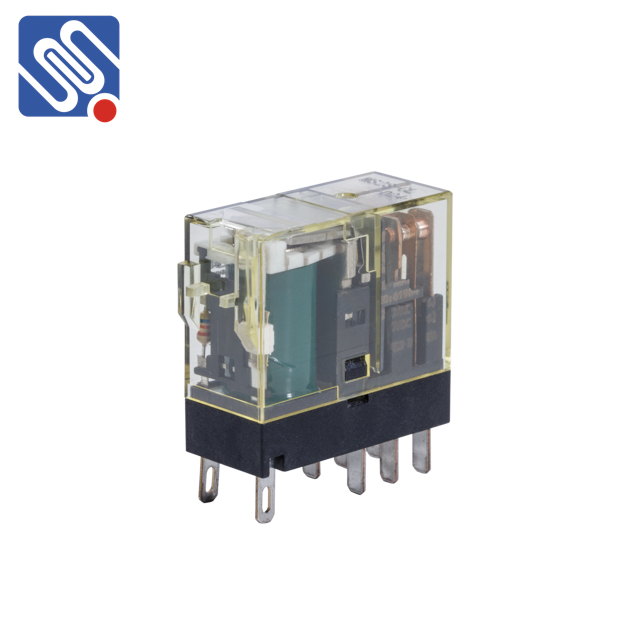When it comes to electrical and electronic systems, relays play a crucial role in controlling circuits by opening or closing contacts. However, selecting the right relay type for a specific application can be a challenge due to the variety of options available. Relay type selection requires careful consideration of several factors to ensure the chosen relay meets the system’s requirements, operates efficiently, and provides long-term reliability. This guide will explore the key aspects to consider when choosing a relay type for your application.

1. Understanding Relay Types At its core, a relay is an electrically operated switch. It consists of an electromagnet (the coil) that, when energized, activates the switch and changes the contact configuration. The primary types of relays include Electromechanical Relays (EMRs), Solid-State Relays (SSRs), and Thermal Relays. Each type has distinct features suited for different use cases. Electromechanical Relays (EMRs): These traditional relays use a physical mechanism, involving a coil and movable contacts, to switch the circuit. EMRs are widely used for general-purpose applications and can handle higher currents compared to solid-state alternatives. However, their mechanical parts are prone to wear over time.
Leave a Reply
You must be logged in to post a comment.